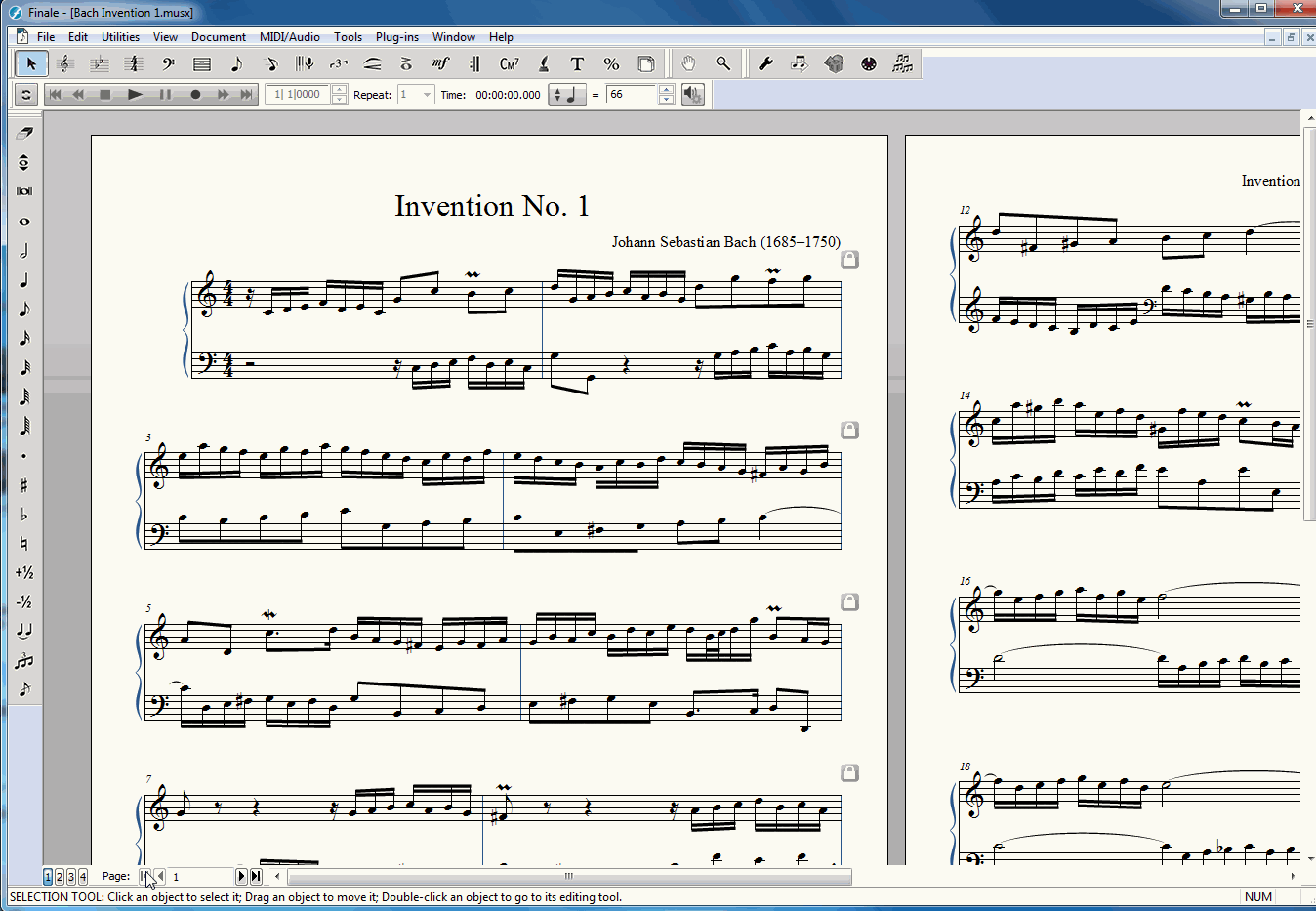Finale 2002 Free Download
- 8 Comments!

Dutch, English, French, German, Italian, Japanese, Polish, Swedish Website Finale is the flagship program of a series of developed and released by MakeMusic for the and operating systems. First released in 1988, version 26 was released in 2018. Finale has been regarded as one of the industry standards for music notation software.
Manuscript paper from Take Note Publishing Ltd www.takenote.co.uk.
Finale is one of a number of types of used by, and for creating, including the score for an entire ensemble (e.g.,,,, etc.) and parts for the individual musicians. Shutochnaya nominaciya dlya klassnogo rukovoditelya. A scorewriter is to what a is to text, in that they both allow fast corrections (via the ' button), flexible editing, easy sharing of content (via the Internet or compact ), and production of a clean, uniform layout. In addition, most scorewriters, including Finale, are able to use software-based to 'play' the sounds of the notated music and record the music—an especially useful feature for novice, when no are readily available, or if a composer cannot afford to hire musicians. MakeMusic also offers several less expensive versions of Finale (currently available for Microsoft Windows only), which do not contain all of the main program's features. These include PrintMusic and a program, Finale Notepad, which allows only rudimentary editing.
Discontinued versions include Finale Guitar, Notepad Plus, Allegro, SongWriter, and the free Finale Reader. Contents • • • • • • • • • • • • Appearance [ ] The default Untitled document is a 31- piece for a single instrument. A Setup Wizard, an alternative method of starting a project, consists of a sequence of dialogs allowing the user to specify the,,,, title, composer, and some aspects of score and page layout. Finale's current default music notation font is Maestro. Instrukciya po ohrane truda dlya rezhissera massovih predstavlenij.
Functionality [ ] Finale's tools are organized into multiple hierarchically organized palettes, and the corresponding tool must be selected to add or edit any particular class of score element, (e.g., the Smart Shape tool to generate and edit lines and 'hairpins' (so-named because the symbols resemble ); the Staff tool to add and edit the parameters of individual staves). Alongside these tools, additional controls are available to view or hide up to four superimposed layers of music that can be entered onto any particular staff, for purposes of organizing multiple contrapuntal voices on the same staff. Several of Finale's tools provide an associated menu just to the left of the Help menu, available only when that particular tool is selected.
Thus, the operation of Finale bears at least some surface similarities to. On the screen, Finale provides the ability to color code several elements of the score as a visual aid; on the print-out all score elements are black (unless color print-out is explicitly chosen). With the corresponding tool selected, fine adjustment of each set of objects in a score are possible either by clicking and dragging or by entering measurements in a dialog box. A more generalized selection tool is also available to select large measure regions for editing key and time signatures, or transposing, among other uses. This tool also provides the ability to reposition several classes of score object directly, and more recent versions of the software have implemented extensive contextual menuing via this tool.
Finale automatically manages many of the basic rules of harmony and music notation, such as correct stem direction, vertical alignment of multiple rhythmic values, and established rules for positioning noteheads on chords. In other situations, without careful advance user customization, the program makes what can be described as good guesses, especially in the area of of newly entered data generated from a keyboard, while respecting the current key signature. It is 'smart' enough to spell an pitch when are used in a piece. In the key of c minor, if a musician plays the dominant chord of the dominant chord, D dominant 7 (D dominant 7 is the dominant of G major, which is the dominant of c minor), Finale will spell the D 7 chord with an F-sharp; but for other chords, such as a G major 7 +5 (major seventh chord with an augmented fifth), it may occasionally use G-flat instead of F-sharp. For the majority of Western tonal music, Finale chooses the correct spelling for chords of the tonic and dominant keys correctly, but when the music wanders to tonal regions further away from the tonic, Finale tends to make enharmonic 'spelling' mistakes by treating chords as if they belonged to the tonic key in some way. When using a nonstandard key, experts have recommended that the user 'assign a spelling for each pitch in the chromatic scale' using a dialog box available from the Preferences menu.